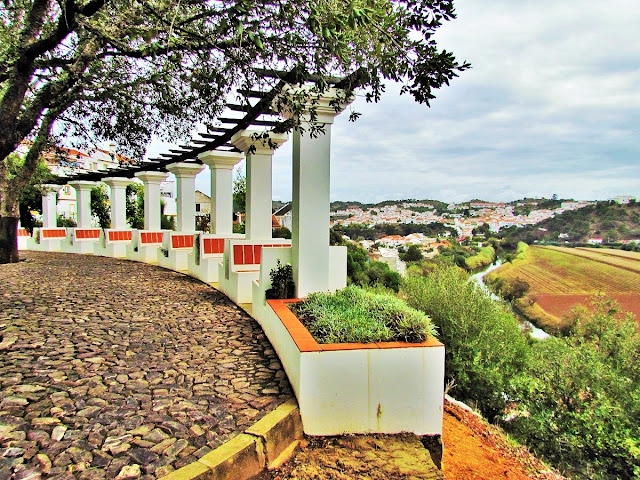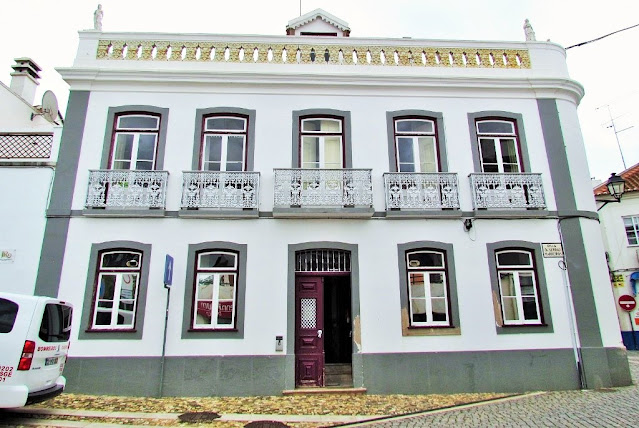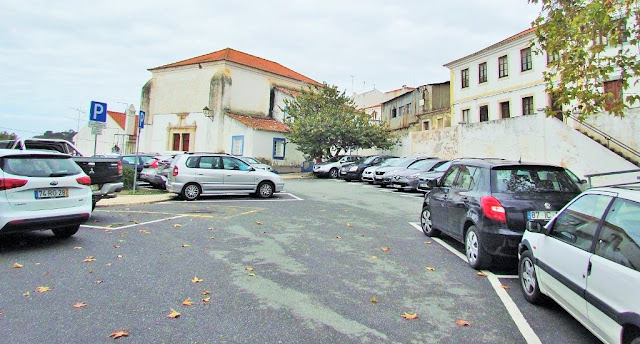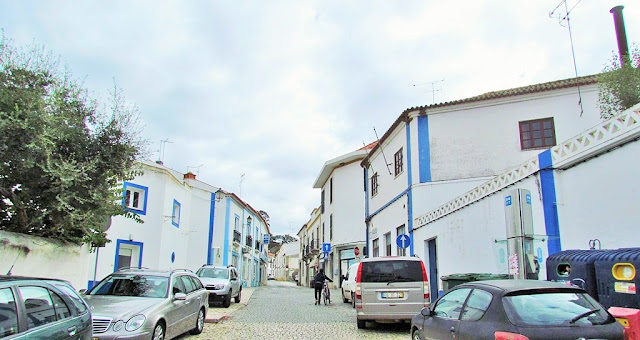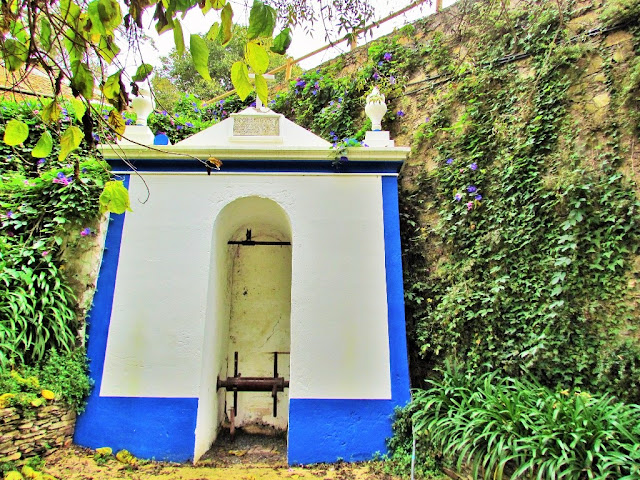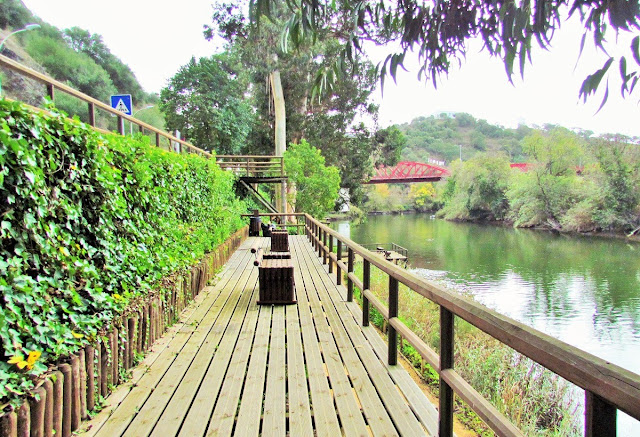ODEMIRA
37.59542º N; 8.65217º W
Being the seat of the largest Portuguese municipality in territorial extension, the municipality of Odemira has an area of 1 720.60 km² and 22 536 inhabitants (2015), subdivided into 13 parishes (Boavista dos Pinheiros; Colos; Longueira / Almograve; Luzianes-Gare; Relíquias; Saboia; Santa Clara-a-Velha; São Luís; São Martinho das Amoreiras; São Salvador e Santa Maria; São Teotónio; Vale de Santiago; Vila Nova de Milfontes).
The municipality is limited to the northeast by the municipality of Sines, to the north by Santiago do Cacém, to the east by Ourique, to the southeast by Silves, to the south by Monchique, to the southwest by Aljezur, and to the west by a coastline on the Atlantic Ocean. The southwestern limit, with the municipality of Aljezur, is marked by Ribeira de Seixe. The coastal strip of the municipality and the Mira valley to the village of Odemira are part of the Natural Park of Southwest Alentejo and Costa Vicentina. The municipality is crossed by the Southern Railway Line, which connects Lisbon to Faro (Algarve).
Geography
The municipality of Odemira is characterized by immense landscape diversity, extending between the plain, the mountains, and the sea.
On the coastal strip, there are small beaches that cut out the cliffs and traditional fishing ports. Of its 55 km of Atlantic coast, 12 km are of beach, of which they are noteworthy for their natural beauty: Malhão, Milfontes, Franquia, Farol, Furnas, Almograve, Zambujeira, and Carvalhal. The entire coastal area of the municipality is integrated into the Natural Park of Southwest Alentejo and Costa Vicentina.
The coast knows the greatest expression of the municipality's tourism in its main urban agglomerations of tourist vocation, especially in the towns of Vila Nova de Milfontes, Almograve, and Zambujeira do Mar.
Climate
Odemira has a warm and temperate climate. The climate is classified as Csa according to the Köppen-Geiger climate classification. The average annual temperature in Odemira is 17.1 ° C. The average annual rainfall is 516 mm.
The driest month is July, with 1 mm of precipitation. Most of the rain falls in January, with an average of 80 mm. The warmest month of the year is August, with an average temperature of 23.1 ° C. January has an average temperature of 11.9 ° C throughout the year, which is the lowest average temperature of the year.
Odemira, located near the limit of the navigable section of the River Mira, rises in a dominant place on this one, constituting the center of a vast region. It thus reflects a common territorial model in the south-west of the Iberian Peninsula: a settlement that is relatively set back in relation to the coastline, but which has access by river, economically controlling a relatively vast surrounding area, in this case the Mira basin. It is the same territorial logic as the cities of Alcácer do Sal, Silves, Mértola, Santarém, Coimbra and, in Spain, Seville and Niebla.
Economy
The municipality of Odemira has a business structure with a strong weight in the tertiary sector (59%), followed by the primary sector (31%) and the secondary sector (10%), with its four pillars being the agroforestry sectors (considering the agriculture, forestry, and livestock), tourism, trade/services, industry, and fisheries / marine resources.
Craftsmanship
The municipality of Odemira has an invaluable heritage of handicraft activities. This wealth is evident in the variety and quality of the works produced by the artisans of the municipality, in the diversity of the techniques and materials used, and in the authenticity with which they integrate the way of life of the local population.
The predominant craft activities in Odemira are basketry, ceramics, pottery, weaving, tinwork, manufacture and stuffing of chairs, violas campaniças, miniatures of local activities, and agricultural implements and abegoaria. (Abegoaria" is a tourism service provider company, of two houses, with the characteristic environment of Pico Island and its people). These are some examples of the diversity of creations linked to specific economic activities as well as to imagination and popular art.
Finally, we must mention the Chocolates da Beatriz, an artisanal chocolate factory based in Odemira.





